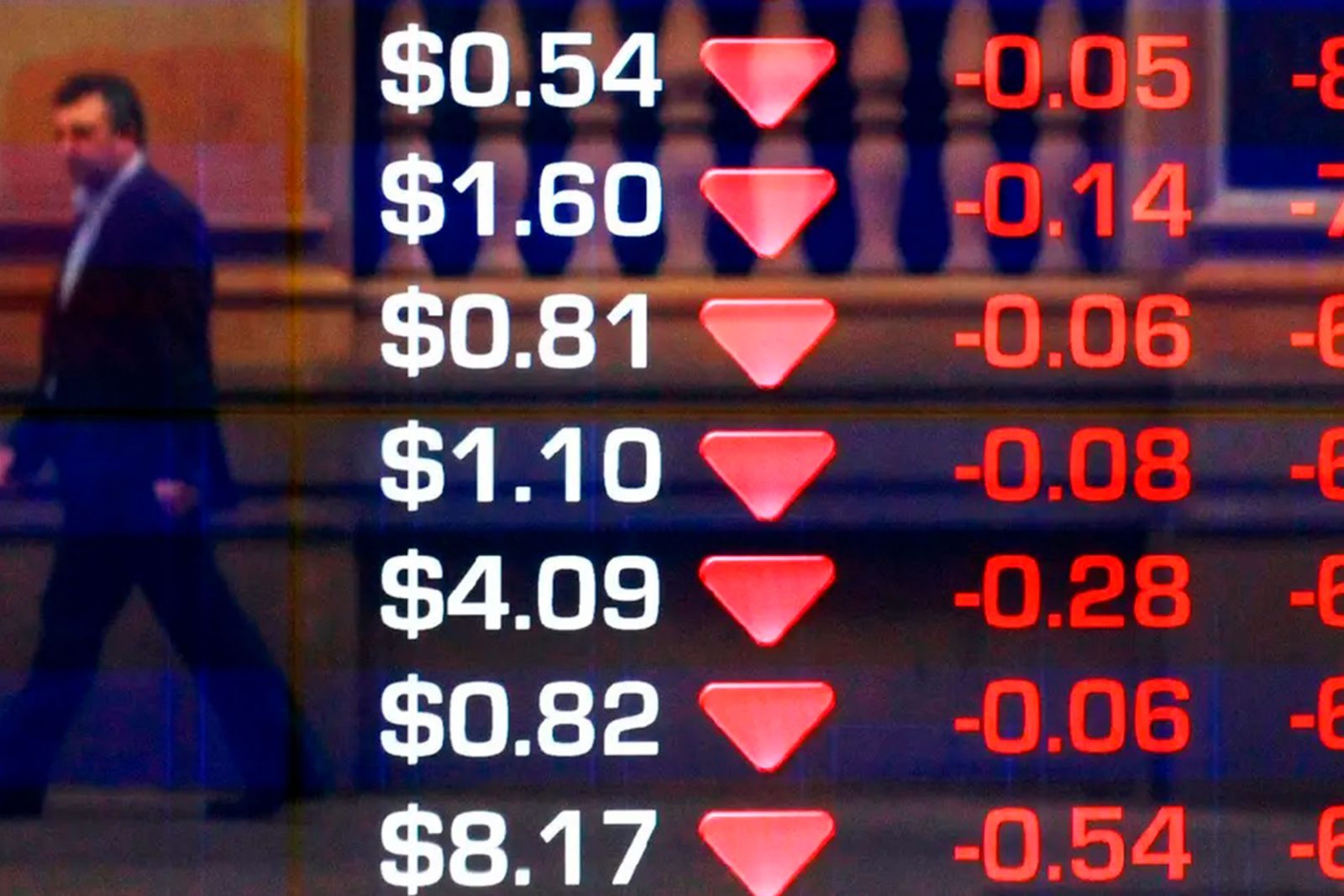News on the stock market for January 11, 2016


News on the stock market for January 11, 2016
The ongoing descent in oil prices exerted downward pressure on the markets on Friday, resulting in the Dow and the S&P 500 experiencing their worst-ever five-day start to a new year. Despite signs of stability in Chinese markets and a positive jobs report, the decline in oil prices overshadowed these factors. The week concluded with the markets in the red due to concerns arising from weak Chinese economic data, which cast doubt on global growth prospects and contributed to the decline in oil prices. On Friday, the Dow Jones Industrial Average (DJI) slipped by 167.65 points or 1% to close at 16,346.45. The Standard & Poor’s 500 (S&P 500) registered a 1.1% drop, closing at 1,922.02. Meanwhile, the tech-heavy Nasdaq Composite Index dipped nearly 1%. The CBOE Volatility Index (VIX), often referred to as the fear gauge, increased by 8.1%, settling at 27.01. Trading activity was robust, with approximately 8.9 billion shares changing hands on Friday, surpassing the 20-session average of 7.3 billion. Declining stocks outnumbered advancing ones on the NYSE, with 67% of stocks declining compared to 31% advancing. Persistent oil price declines continued to weigh on the benchmarks on Friday. Concerns about China’s economic growth, a substantial importer of oil, contributed to the prolonged slump in oil prices. WTI Crude dropped 0.3% to settle at $33.16, while Brent Crude declined 0.6%, closing at $33.55. For the week, WTI Crude saw a substantial loss of 10.5%, marking its largest weekly decline since the week ending December 11. Similarly, Brent Crude tumbled about 10% for the week.
The energy sector bore the brunt of falling oil prices, with the Energy Select Sector SPDR (XLE) experiencing a 1.3% decline. Leading energy companies such as Exxon Mobil Corporation (XOM) and Chevron Corporation (CVX) saw their shares fall by 2% and 1.1%, respectively. Other prominent energy sector players like ConocoPhillips (COP), Schlumberger Limited (SLB), and Valero Energy Corporation (VLO) registered declines of 1.8%, 1.7%, and 5.3%, respectively. However, some stability was observed in China’s stock market on Friday. Stocks showed modest gains, and the yuan strengthened as China’s securities regulator eliminated a mechanism that had increased market volatility. Notably, China’s early-year market turbulence had resulted in a staggering $1.1 trillion loss in its stock markets. Friday’s market losses were widespread, with all 12 sectors of the S&P 500 ending in negative territory. The Financial Services Select Sector SPDR (XLFS) was the weakest performer among the S&P 500 sectors, plummeting by 1.9%. Leading financial institutions like Bank of America Corporation (BAC), Citigroup Inc. (C), Morgan Stanley (MS), The Goldman Sachs Group, Inc. (GS), and JPMorgan Chase & Co. (JPM) experienced declines of 1.9%, 3%, 2.1%, 0.4%, and 2.2%, respectively. In economic news, the Bureau of Labor Statistics (BLS) reported that the U.S. economy added a total of 292,000 jobs in December, surpassing the consensus estimate of 200,000. This figure also exceeded November’s revised job count of 252,000, which had been revised up from the initially reported 211,000. October’s job numbers also received an upward revision to 307,000 from 298,000, marking the largest increase of 2015. Job gains in December were observed across several sectors, including professional and business services, construction, healthcare, and food services and drinking places.
Meanwhile, the unemployment rate remained unchanged at 5% in December, consistent with consensus estimates. Average hourly earnings experienced minimal change, standing at $25.24 per hour in December, while the consensus had anticipated a 0.2% increase. In a separate announcement, the U.S. Department of Commerce reported that U.S. wholesale inventories declined by 0.3% in November, following a 0.3% drop in October. This decline in wholesale inventories in November exceeded the consensus estimate of a 0.1% decrease. For the week, the S&P 500, the Dow, and the Nasdaq sustained losses of 6%, 6.2%, and 7.3%, respectively. Concerns surrounding China’s sluggish economic growth, coupled with the continuous decline in oil prices, were the primary drivers behind the market’s decline for the week. Weaker-than-expected reports on China’s manufacturing activity and slower growth in its service sector during December heightened concerns about global growth prospects. Global oil prices reached record lows due to disappointing data from China. Additionally, persistent oversupply, a strengthening U.S. dollar, and escalating tensions in the Middle East all contributed to the downward pressure on oil prices. Furthermore, North Korea’s claims of a successful nuclear test added to the bearish sentiment.
Get back to Seikum News 🤓




